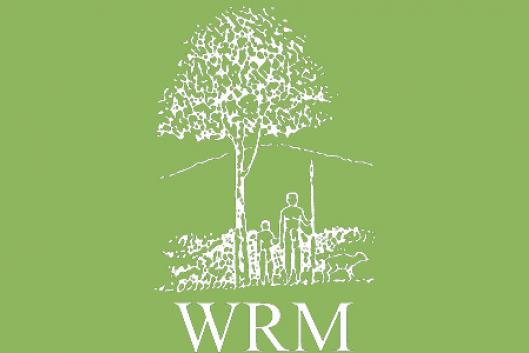Since 1994, a Dutch organisation called the FACE Foundation has been working at Mount Elgon National Park. FACE works with the Ugandan Wildlife Authority (UWA) which is responsible for the management of national parks in Uganda. The UWA-FACE project aims to plant trees on an area of 25,000 hectares just inside the border of the national park. So far UWA-FACE has planted 8,500 hectares. Under the contract with UWA, the FACE Foundation owns the carbon in the trees planted at Mount Elgon and the trees must not be cut down for at least 99 years. FACE aims to profit from selling the carbon stored in the trees as carbon credits. As Alex Muhwezi, IUCN’s country director in Uganda, puts it, “FACE gets a license to continue polluting and we get to plant some trees.”
In March 2002, SGS Qualifor certified the UWA-FACE tree planting project as well managed under the Forest Stewardship Council system. The certificate applies only to the UWA-FACE project and not to the management of the rest of the Mount Elgon National Park. In issuing the certificate, SGS managed to ignore almost completely an ongoing conflict between local communities and the park management.
In July 2006, World Rainforest Movement and Ugandan NGO Climate and Development Initiatives visited communities living around Mount Elgon. What we found was shocking. Villagers told us that UWA’s management of the park is brutal. In 1993 and 2002, villagers were violently evicted from the national park. Since the evictions, UWA’s rangers have hit them, tortured them, humiliated them, threatened them and uprooted their crops.
In one village on the boundary of the park, a villager showed us an envelope containing bullet shells, fired by UWA rangers. “The bullets were shot by people trying to kill us,” he said. “Some people have died. Others have been injured.”
A key question is whether SGS can certify just the FACE Foundation tree planting project, or whether SGS must consider the management of the entire national park. SGS has never adequately addressed this question.
SGS’s public summary of the certification, published in March 2002, states the UWA-FACE project was being integrated into UWA, and that “as it is not permitted to certify only part of a Forest Management Unit” the scope of the certificate will have to cover the whole of Mount Elgon National Park. SGS anticipated that “this extension to scope should take place in late 2002 or 2003 when the integration is complete.”
In May 2005, SGS visited Mount Elgon to determine whether the FACE Foundation and UWA’s tree planting project still complied with FSC’s standards. In the “surveillance report” based on this visit, SGS’s assessors wrote that “Clarification [is] needed on the exact scope of the certificate.” In April 2006, SGS carried out another surveillance visit. This time, SGS’s assessors made no further mention of the scope of the certification.
I asked SGS’s Gerrit Marais about SGS’s failure to assess the national park, more than four years after having written that the national park must be assessed. Marais replied that “SGS was contracted by FACE to certify the ‘forest restoration’ zone of the National Park as this is the only physical forest area over which the FACE/UWA partnership has effective control with UWA having independent control over the rest of the park. Unless this partnership can be sufficiently integrated ... the scope cannot be enlarged.” SGS has in effect allowed its clients, the FACE Foundation, to decide how FSC’s standards are to be applied. The reality is that the FACE Foundation’s tree planting inside the boundary of the national park cannot be separated from the management of the national park. It is an integral part of the management of the national park.
But SGS’s most egregious error is in relation to the indigenous people living in and around Mount Elgon. On 27 October 2005, in the Ugandan High Court in Mbale, Justice J.B. Katutsi ruled that “the Benet Community residing in Benet Sub County including those residing in Yatui Parish and Kabsekek Village of Kween County and in Kwoti Parish of Tingey County are historical and indigenous inhabitants of the said areas which were declared a Wildlife Protected Area or National Park.” Justice Katutsi ruled that the area should be de-gazetted and that the Benet are “entitled to stay in the said areas and carry out agricultural activities including developing the same undisturbed.”
SGS’s surveillance reports fail to mention the Benet court ruling. SGS’s April 2006 surveillance report mentions the Benet only once: “Outside the FMU [forest management unit], the Benet tribe has moved into Mt Elgon national park boundaries. The extent of this needs to be evaluated ... to assess the serious [sic] of the boundary dispute.”
FSC’s Principle 3 states that “The legal and customary rights of indigenous peoples to own, use and manage their lands, territories, and resources shall be recognized and respected.” In its October 2005 ruling, the Mbale High Court uphelp this principle. UWA, the FACE Foundation and SGS have yet to do so.
By Chris Lang, e-mail: http://chrislang.org, www.chrislang.blogspot.com
